

Articles
How To Store Berries In Fridge
Modified: October 30, 2024
Learn the best techniques to store berries in the fridge and keep them fresh for longer with our informative articles.
(Many of the links in this article redirect to a specific reviewed product. Your purchase of these products through affiliate links helps to generate commission for Storables.com, at no extra cost. Learn more)
Introduction
When it comes to storing berries in the fridge, proper technique is key to ensuring their freshness and taste. Whether you have plump strawberries, juicy blueberries, tangy raspberries, or luscious blackberries, knowing how to store them correctly will help extend their shelf life and preserve their flavor.
Berries are delicate fruits that are highly perishable. They have a high water content and can easily spoil if not stored properly. However, with a few simple guidelines and some insider information, you can keep your berries fresh and delicious for longer periods of time.
In this article, we will explore the importance of storing berries correctly and provide general guidelines for fridge storage. We will also delve into specific storage methods for popular berries such as strawberries, blueberries, raspberries, and blackberries. Additionally, we will share tips for extending the shelf life of your berries and highlight common mistakes to avoid. So, let’s dive in and discover the secrets to perfectly storing berries in the fridge!
Key Takeaways:
- Properly storing berries in the fridge preserves their freshness, flavor, and nutritional value. Handle with care, keep them dry, and use breathable containers to extend their shelf life and enjoy their vibrant taste.
- Avoid common mistakes like washing berries before storage, using airtight containers, and leaving spoiled berries among fresh ones. By following proper storage techniques and being mindful of pitfalls, you can maximize the freshness and flavor of your berries.
Read more: How To Store Berries
Why is it important to store berries properly?
Properly storing berries is crucial for several reasons. Firstly, it helps to maintain their freshness and flavor. Berries have a relatively short shelf life due to their high moisture content, delicate skin, and susceptibility to mold and spoilage. When stored improperly, berries can quickly become mushy, moldy, or develop off-flavors, diminishing their quality.
Secondly, storing berries properly helps to preserve their nutritional value. Berries are packed with essential vitamins, minerals, antioxidants, and dietary fiber. However, exposure to air, moisture, and fluctuating temperatures can lead to nutrient degradation. By storing berries correctly, you can help retain the maximum nutritional benefits, ensuring you get the most out of these wholesome fruits.
Another reason to store berries properly is to minimize food waste. Improper storage can lead to premature spoilage and the need to discard spoiled berries. This not only wastes money but also contributes to the growing issue of food waste. By following the right storage techniques, you can reduce waste and enjoy your berries at their peak.
Furthermore, storing berries properly allows you to enjoy them for a longer period of time. Berries are seasonal fruits, with specific varieties available during limited times of the year. By extending their shelf life through proper storage, you can savor these delicious fruits even when they are out of season. This is especially helpful if you have a surplus of berries that you harvested from your own garden or purchased in bulk.
Lastly, properly storing berries ensures food safety. Berries can harbor harmful bacteria, such as Salmonella or E. coli, which can cause foodborne illnesses if consumed. By storing berries at the correct temperature and minimizing the chance of cross-contamination, you can reduce the risk of bacterial growth and protect yourself and your family from potential illnesses.
All in all, storing berries properly is essential to maintain their freshness and flavor, preserve their nutritional value, reduce food waste, enjoy them for a longer time, and ensure food safety. Now, let’s delve into the guidelines for storing berries in the fridge to make the most of these delightful fruits.
General guidelines for storing berries in the fridge
Storing berries in the fridge requires a bit of care and attention to ensure their longevity. Here are some general guidelines to follow:
- Do not wash berries before storing: It’s best to avoid washing berries before storing them. The excess moisture can promote mold growth and cause them to deteriorate quickly. Instead, wait to wash them just before you plan to consume them.
- Place berries in breathable containers: Opt for shallow, breathable containers for storing your berries. These containers should allow air to circulate, preventing moisture buildup and maintaining the berries’ freshness. You can use containers with vented lids or line them with paper towels to absorb any excess moisture.
- Store in the refrigerator’s crisper drawer: The crisper drawer provides a slightly higher humidity level, which can help prolong the shelf life of berries. Place the containers of berries in the crisper drawer, preferably towards the front where the temperature tends to be the most consistent.
- Avoid stacking or piling the berries: To prevent bruising and squishing, arrange the berries in a single layer or use multiple containers if needed. Avoid stacking or piling them on top of each other, as this can accelerate their deterioration.
- Keep berries away from strong-smelling foods: Berries are sensitive to odors and can easily absorb them. Keep them away from pungent foods like onions, garlic, and strong cheeses, as they can transfer their flavors and aromas to the berries.
- Check for spoilage regularly: Berries can spoil quickly, so it’s important to inspect them regularly for any signs of mold, mushiness, or off-putting smells. If you notice any spoiled berries, remove them immediately to prevent further contamination.
By following these general guidelines, you can maximize the shelf life of your berries and ensure they remain fresh and delicious for as long as possible. Now, let’s move on to the next step: prepping the berries before storing them.
Prepping berries before storing
Before storing berries in the fridge, it’s important to properly prep them to ensure their longevity and freshness. Here are some prepping tips to follow:
- Inspect the berries: Before storing, carefully inspect the berries and remove any damaged or spoiled ones. Discard any berries with mold, bruises, or signs of rot, as they can rapidly spoil the other berries.
- Gently rinse the berries: If your berries are particularly dirty or have some residue on them, give them a gentle rinse. Fill a bowl with cool water and place the berries in it. Swirl them around gently for a few seconds and then drain the water. Avoid rinsing them for too long, as excessive exposure to water can cause the berries to become mushy.
- Pat the berries dry: After rinsing, carefully pat the berries dry using a clean kitchen towel or paper towels. Make sure to remove any excess moisture, as wet berries can promote the growth of mold.
- Remove stems and hulls: For berries like strawberries and raspberries, you may need to remove their stems or hulls. Simply pinch off the stems of strawberries or gently remove the hulls from raspberries using your fingers. This will help prevent moisture buildup and maintain the berries’ freshness.
- Leave smaller berries intact: For smaller berries like blueberries or blackberries, it’s best to leave them intact. Removing their stems or hulls can cause the berries to become mushy more quickly.
By following these prepping tips, you can ensure that your berries are clean, dry, and ready to be stored in the fridge. Remember to handle the berries gently to avoid bruising or damaging them. Now, let’s explore the specific storage methods for different types of berries.
Storing different types of berries
Each type of berry has its own unique characteristics and requires slightly different storage methods to maintain its freshness. Here’s a breakdown of how to store four popular types of berries: strawberries, blueberries, raspberries, and blackberries.
Read more: How To Store Goji Berries
Storing strawberries:
Strawberries are soft and fragile berries that can quickly become mushy if not stored properly. To store strawberries:
- Remove any damaged or moldy berries: Prior to storage, inspect the strawberries and discard any berries that show signs of mold or decay.
- Keep strawberries dry: Make sure the strawberries are completely dry before storing them. Excess moisture can cause them to spoil more quickly.
- Avoid washing before storage: It’s recommended to avoid washing strawberries before storage. Only wash them right before consuming to prevent moisture buildup.
- Store strawberries in a single layer: Arrange the strawberries in a single layer in a shallow, breathable container lined with paper towels. This will help absorb excess moisture and prevent them from getting crushed.
- Place strawberries in the fridge: Put the container of strawberries in the refrigerator’s crisper drawer or on a shelf near the front, where the temperature is more consistent.
Storing blueberries:
Blueberries are relatively hardy berries that can last longer than other types. Here’s how to store blueberries:
- Do not wash before storage: Just like strawberries, it’s best to avoid washing blueberries before storage to prevent moisture buildup.
- Keep blueberries dry: Make sure the blueberries are dry before storing them. Any excess moisture can accelerate their spoilage.
- Store blueberries in their original container: If the blueberries came in a plastic clamshell container, it’s ideal to keep them in that container. Alternatively, you can transfer them to a breathable container lined with paper towels.
- Place blueberries in the fridge: Put the container of blueberries in the refrigerator’s crisper drawer or on a shelf near the front.
Storing raspberries:
Raspberries are delicate berries that require extra care when storing. Follow these steps to store raspberries:
- Handle raspberries gently: Raspberries are extremely delicate, so handle them with care to avoid bruising or damaging them.
- Avoid rinsing before storage: Raspberries are highly prone to retaining moisture, so it’s best to skip rinsing them before storing.
- Store raspberries in a breathable container: Place the raspberries in a breathable container lined with paper towels. This helps absorb any excess moisture and prolong their freshness.
- Place raspberries in the fridge: Store the container of raspberries in the refrigerator’s crisper drawer or on a shelf near the front.
Storing blackberries:
Blackberries are delicate and juicy berries that require gentle handling and proper storage. Here’s how to store blackberries:
- Remove any damaged berries: Before storing, check the blackberries for any spoiled or moldy berries and discard them.
- Avoid washing before storage: Similar to other berries, it’s best not to wash blackberries before storing them. Washing them can cause moisture buildup and speed up spoilage.
- Store blackberries in a breathable container: Arrange the blackberries in a single layer in a breathable container lined with paper towels to help absorb excess moisture.
- Place blackberries in the fridge: Store the container of blackberries in the refrigerator’s crisper drawer or on a shelf near the front.
By following these specific storage methods for each type of berry, you can help maximize their shelf life and keep them fresh and delicious for longer. Remember to adjust the storage instructions based on the condition of the berries and your specific refrigerator settings. Now that you know the basics of storing berries, let’s explore some tips for extending their shelf life.
Read more: How To Store Golden Berries
Tips for extending the shelf life of berries
Want to enjoy your berries for as long as possible? Here are some tips to help extend their shelf life:
- Handle with care: Berries are delicate fruits, so handle them gently to avoid bruising or damaging them. Rough handling can accelerate their deterioration.
- Wait to wash: Avoid washing berries until just before you plan to eat or use them. Excess moisture can lead to faster spoilage.
- Remove spoiled berries promptly: Inspect your berries regularly and remove any spoiled or moldy berries immediately. One rotten berry can quickly spread mold to the rest.
- Keep berries dry: Moisture is the enemy of berries. Make sure they are dry before storing them to prevent mold and decay. Pat them gently with a paper towel if needed.
- Store berries in the refrigerator: The cool temperature of the fridge helps slow down the ripening process and extends the shelf life of berries. Place them in the crisper drawer or on a shelf near the front for optimal temperature and humidity.
- Use breathable containers: Opt for shallow, breathable containers for storing berries. Containers with vented lids or lined with paper towels help absorb excess moisture and allow air to circulate.
- Avoid overcrowding: To prevent berries from getting squished or crushed, arrange them in a single layer or use multiple containers if needed. Overcrowding can promote moisture retention and lead to faster spoilage.
- Don’t mix different berries: Each type of berry has its own unique characteristics and ripening rates. Avoid mixing different types of berries together, as some might ripen faster and spoil others.
- Freeze any excess: If you have more berries than you can consume, consider freezing them. Wash, dry, and spread them in a single layer on a baking sheet, then transfer them to a freezer-safe bag or container. Frozen berries can be used in smoothies, baked goods, or enjoyed as a refreshing frozen treat.
- Consume berries at room temperature: To fully enjoy the flavor and texture of berries, let them come to room temperature before consuming. Cold temperatures can dull their taste, so allow them to sit out for a few minutes before indulging.
By following these helpful tips, you can extend the shelf life of your berries and savor their sweetness for longer. Now, let’s take a look at some common mistakes to avoid when storing berries in the fridge.
Store berries in the fridge in a single layer on a paper towel-lined container to absorb excess moisture and prevent mold. Wash them just before eating to prolong their shelf life.
Common mistakes to avoid when storing berries in the fridge
Properly storing berries in the fridge is essential for maintaining their freshness and flavor. Avoiding these common mistakes will help ensure that your berries stay fresh for as long as possible:
- Washing berries before storage: Washing berries before storing them introduces excess moisture, which can accelerate spoilage. Instead, wait to wash them until just before you’re ready to eat or use them.
- Using airtight containers: Berries need to breathe to stay fresh. Avoid using airtight containers as they can trap moisture and promote mold growth. Opt for breathable containers or use ones with vented lids.
- Stacking or overcrowding berries: Stacking or piling berries on top of each other can lead to bruising and accelerated spoilage. Arrange them in a single layer or use multiple containers if needed to avoid crushing the delicate berries.
- Storing berries near strong-smelling foods: Berries are sensitive to odors and can absorb the flavors and aromas of strong-smelling foods nearby. Keep them away from pungent foods like onions, garlic, and strong cheeses to maintain their natural flavors.
- Leaving spoiled berries among fresh ones: One spoiled or moldy berry can quickly contaminate the others. Regularly check your berries and discard any spoiled ones to prevent the spread of mold.
- Not adjusting refrigerator settings: Temperature and humidity can vary in different parts of the fridge. Store berries in the crisper drawer or on a shelf near the front, where the temperature and humidity tend to be more consistent.
- Keeping berries at room temperature: Berries are perishable and should be stored in the fridge promptly. Leaving them at room temperature speeds up their deterioration and shortens their shelf life.
- Freezing berries without proper preparation: Freezing berries without washing or drying them properly can lead to freezer burn and a decline in quality. Wash, dry, and spread the berries in a single layer before freezing.
- Ignoring shelf life: Berries have a limited shelf life, even when stored correctly. Pay attention to the expiration dates or recommended storage durations to ensure that you consume them before they spoil.
- Not enjoying berries at their freshest: To fully appreciate the flavor and texture of fresh berries, consume them as soon as possible. Although proper storage can extend their shelf life, berries are best enjoyed when they are at their freshest.
By avoiding these common mistakes, you can maximize the freshness and flavor of your stored berries. With the right storage techniques and attention to detail, you can enjoy delicious, vibrant berries for longer periods of time. Now that you’re aware of these pitfalls, let’s wrap up our discussion on storing berries.
Conclusion
Properly storing berries in the fridge is essential for preserving their freshness, flavor, and nutritional value. By following the guidelines and tips outlined in this article, you can extend the shelf life of your berries and enjoy them at their peak for longer periods of time.
Remember to handle berries with care, avoid washing them before storage, keep them dry, and use breathable containers to prevent moisture buildup. Place them in the fridge’s crisper drawer or on a shelf near the front for optimal temperature and humidity control.
When it comes to specific types of berries, such as strawberries, blueberries, raspberries, and blackberries, be mindful of their unique characteristics and adjust your storage methods accordingly. Properly prepping the berries before storage, such as removing any damaged ones and gently patting them dry, will help prolong their freshness.
Additionally, be mindful of common mistakes to avoid, such as washing berries before storage, using airtight containers, and storing berries near strong-smelling foods. Regularly check your berries for any signs of spoilage and remove any affected ones promptly to prevent the spread of mold.
Lastly, enjoy your berries at their freshest. While proper storage techniques can help extend their shelf life, berries are best consumed when they are at their peak flavor and texture. So, make the most of these delicious fruits while they still retain their vibrant taste.
By following these guidelines and tips, you can savor the delectable sweetness of berries for days, ensuring that your culinary creations and snacking moments are consistently delightful. So, go ahead and stock up on your favorite berries, knowing that you can store them properly in the fridge and enjoy their goodness whenever your heart desires.
Frequently Asked Questions about How To Store Berries In Fridge
Was this page helpful?
At Storables.com, we guarantee accurate and reliable information. Our content, validated by Expert Board Contributors, is crafted following stringent Editorial Policies. We're committed to providing you with well-researched, expert-backed insights for all your informational needs.
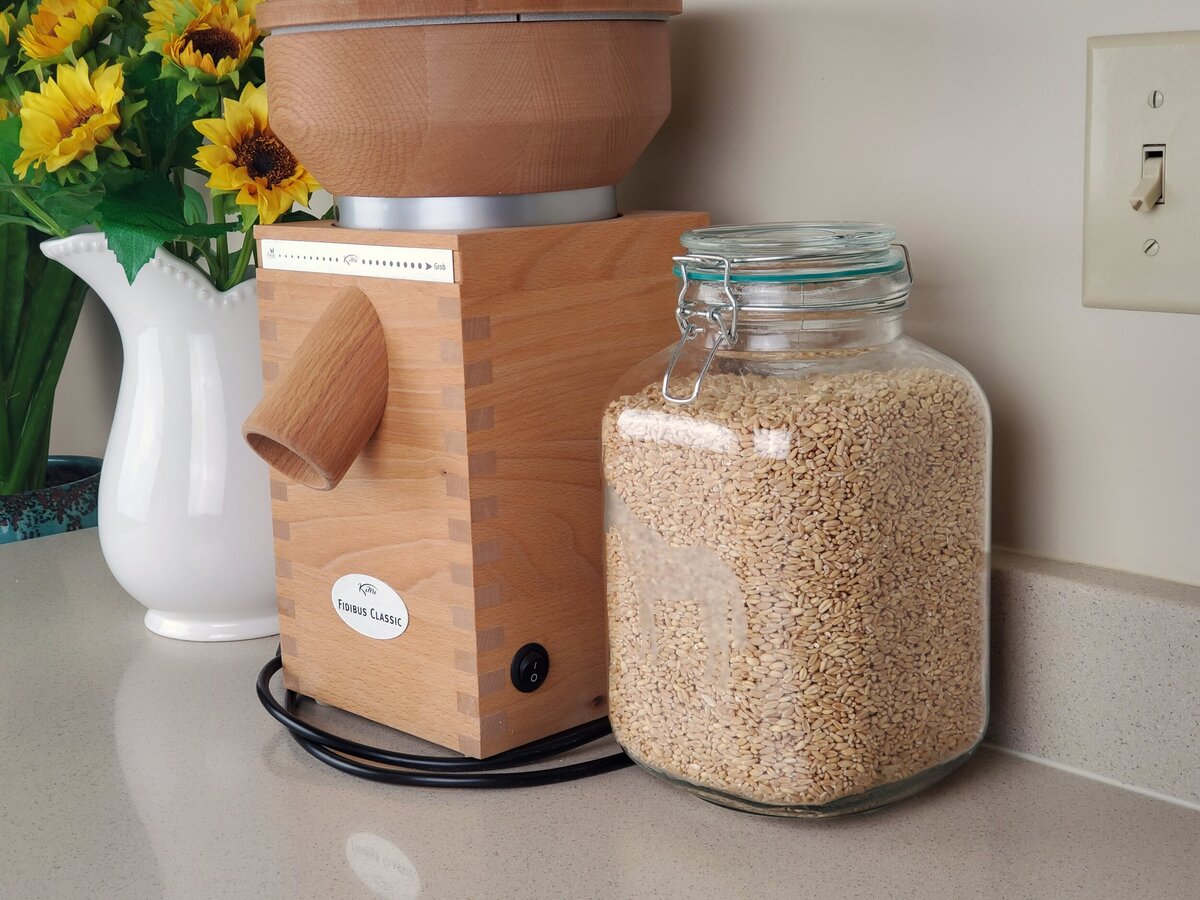
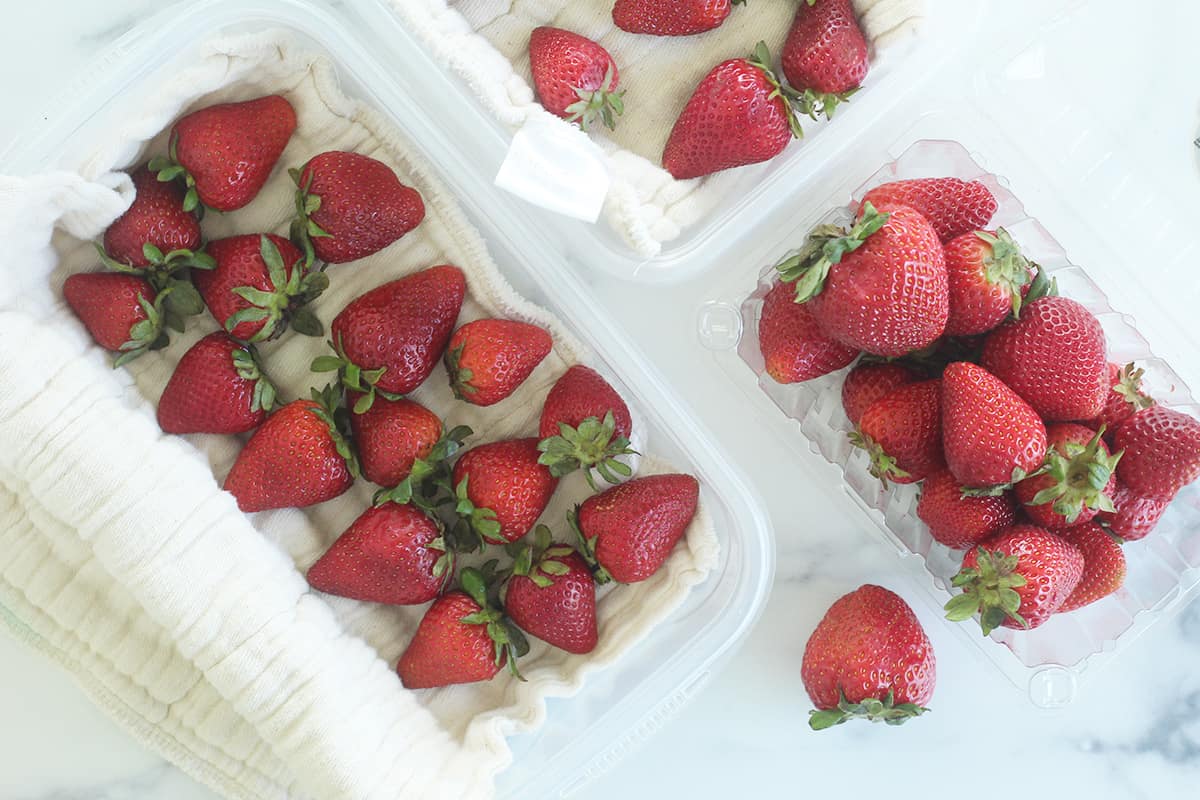
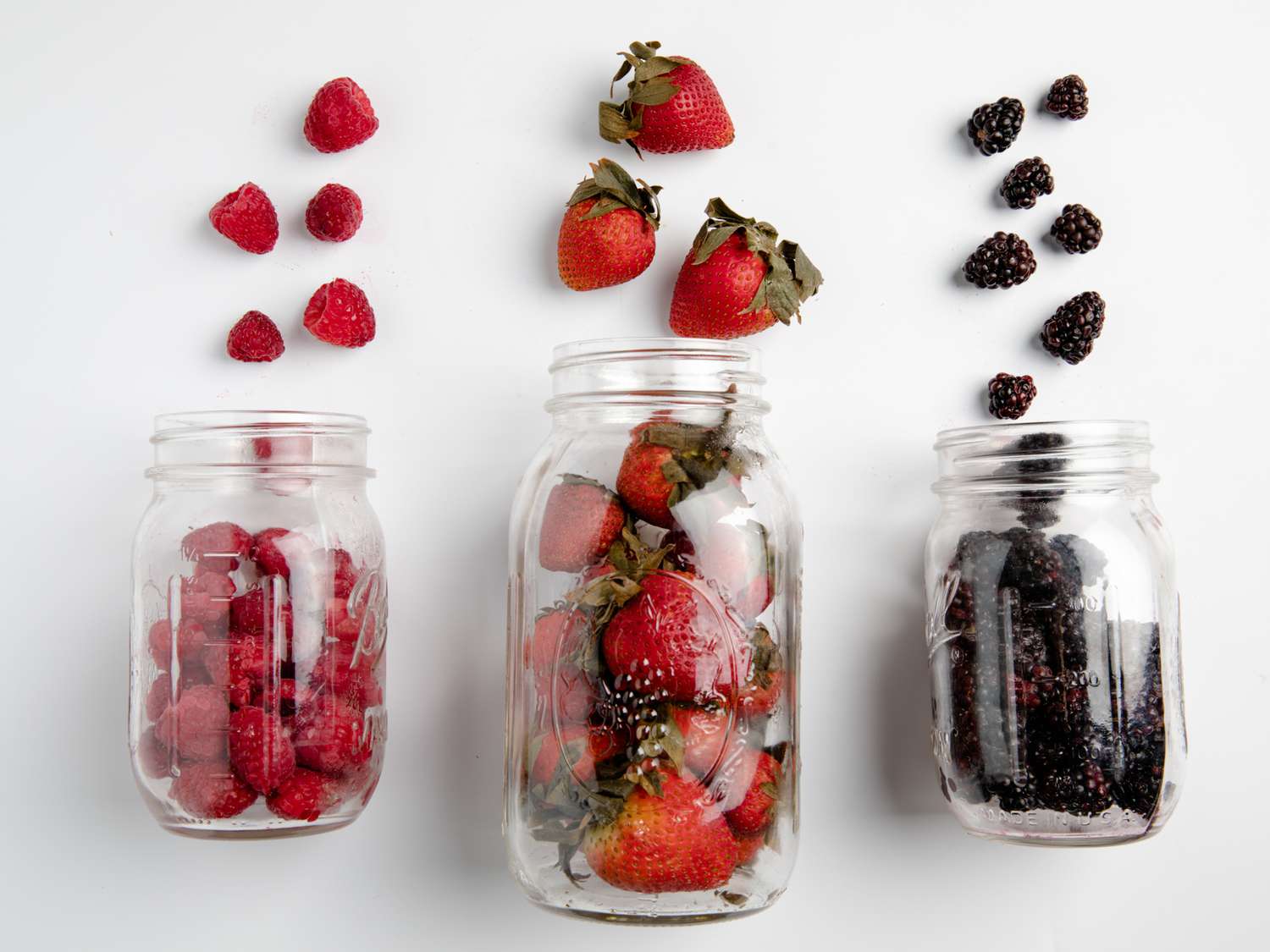
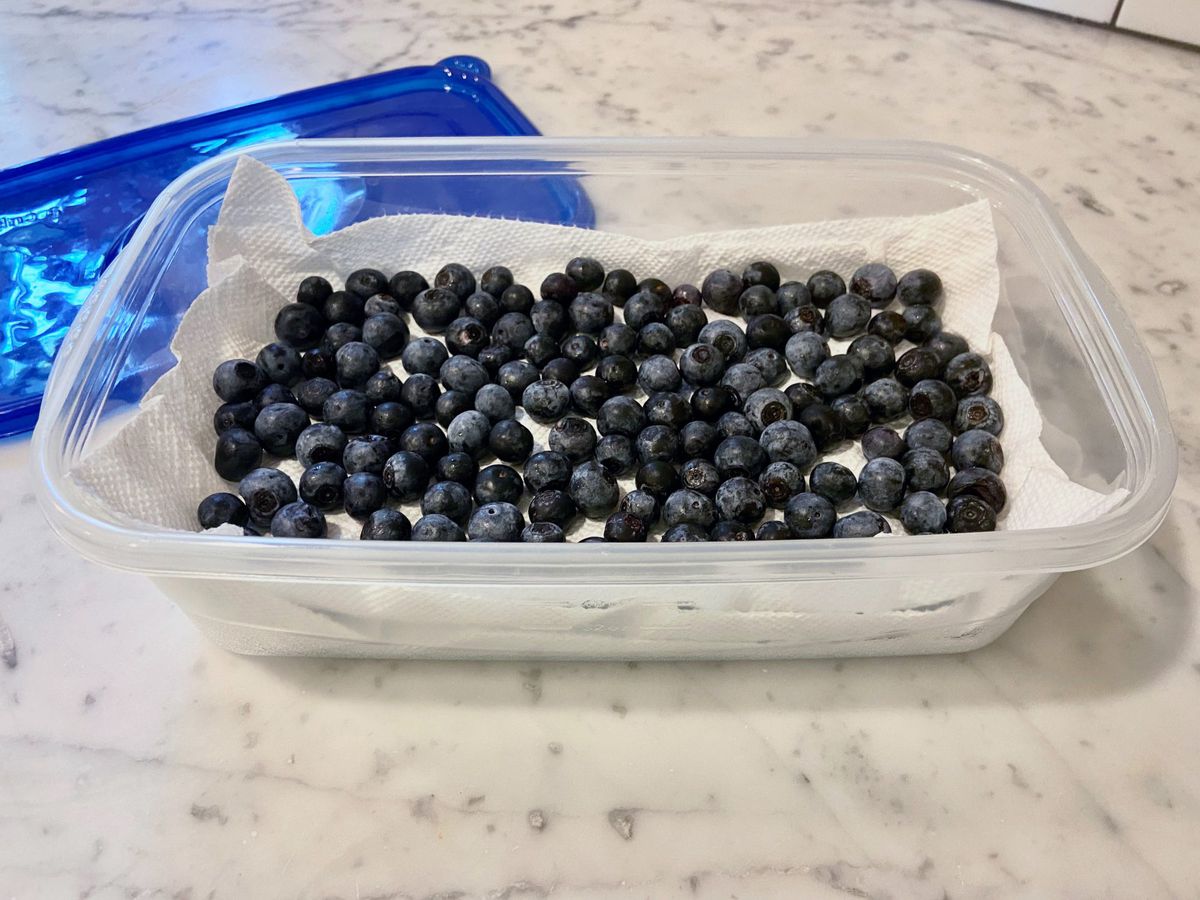

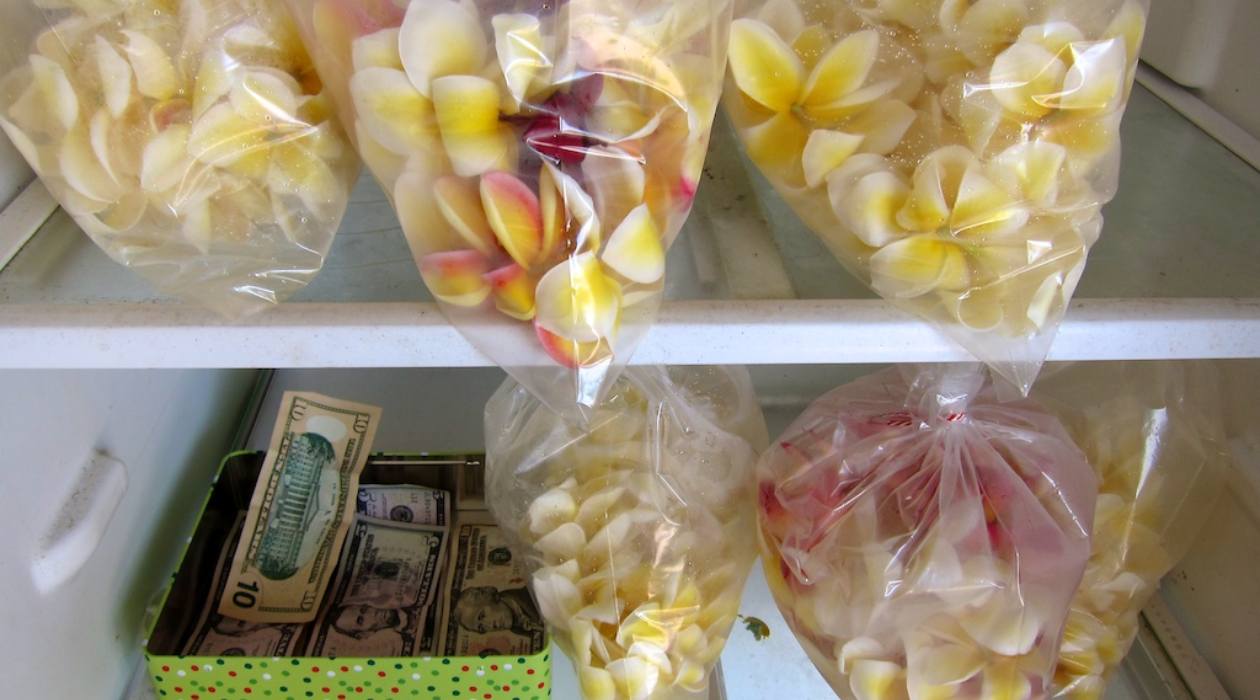

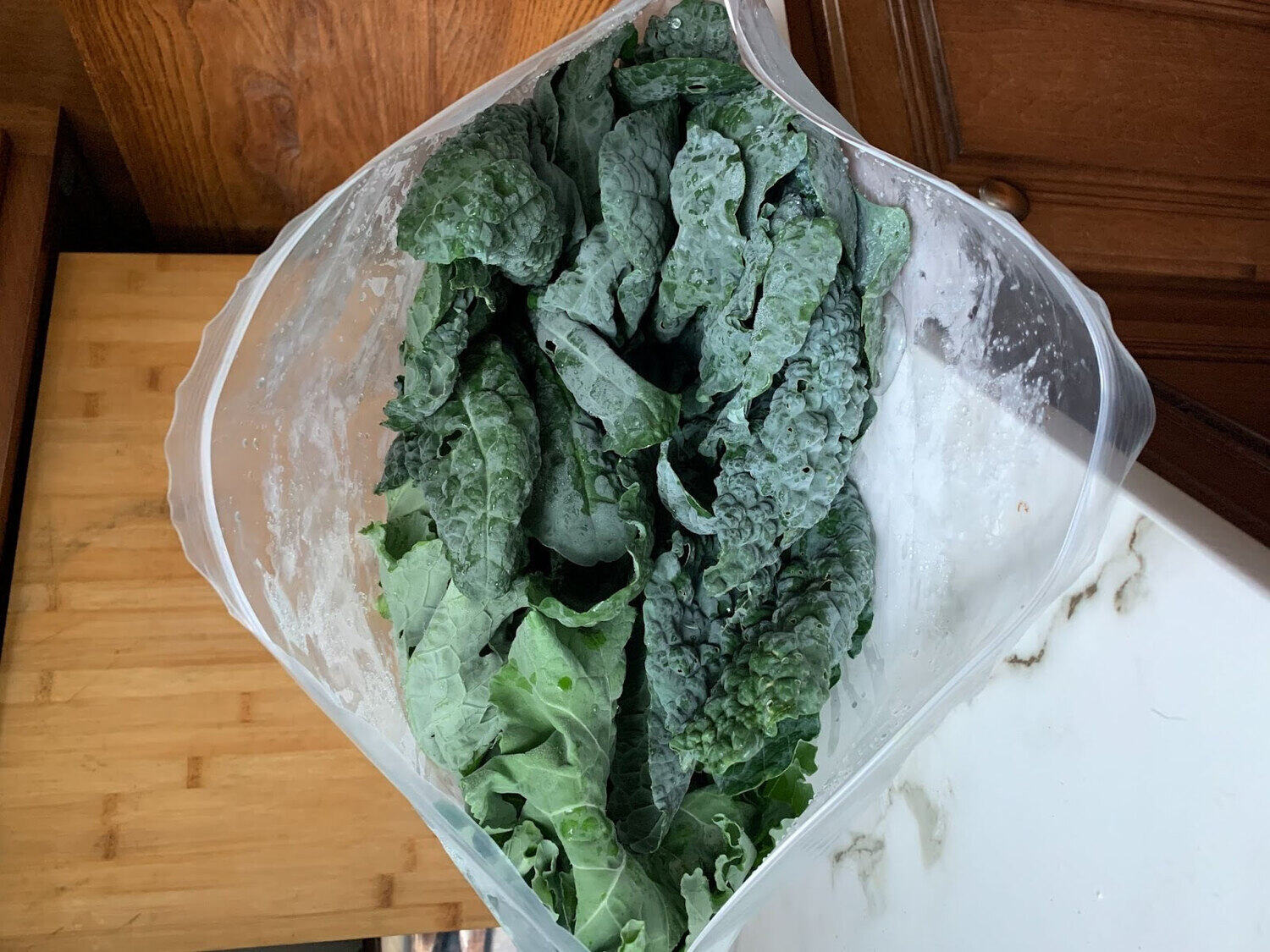


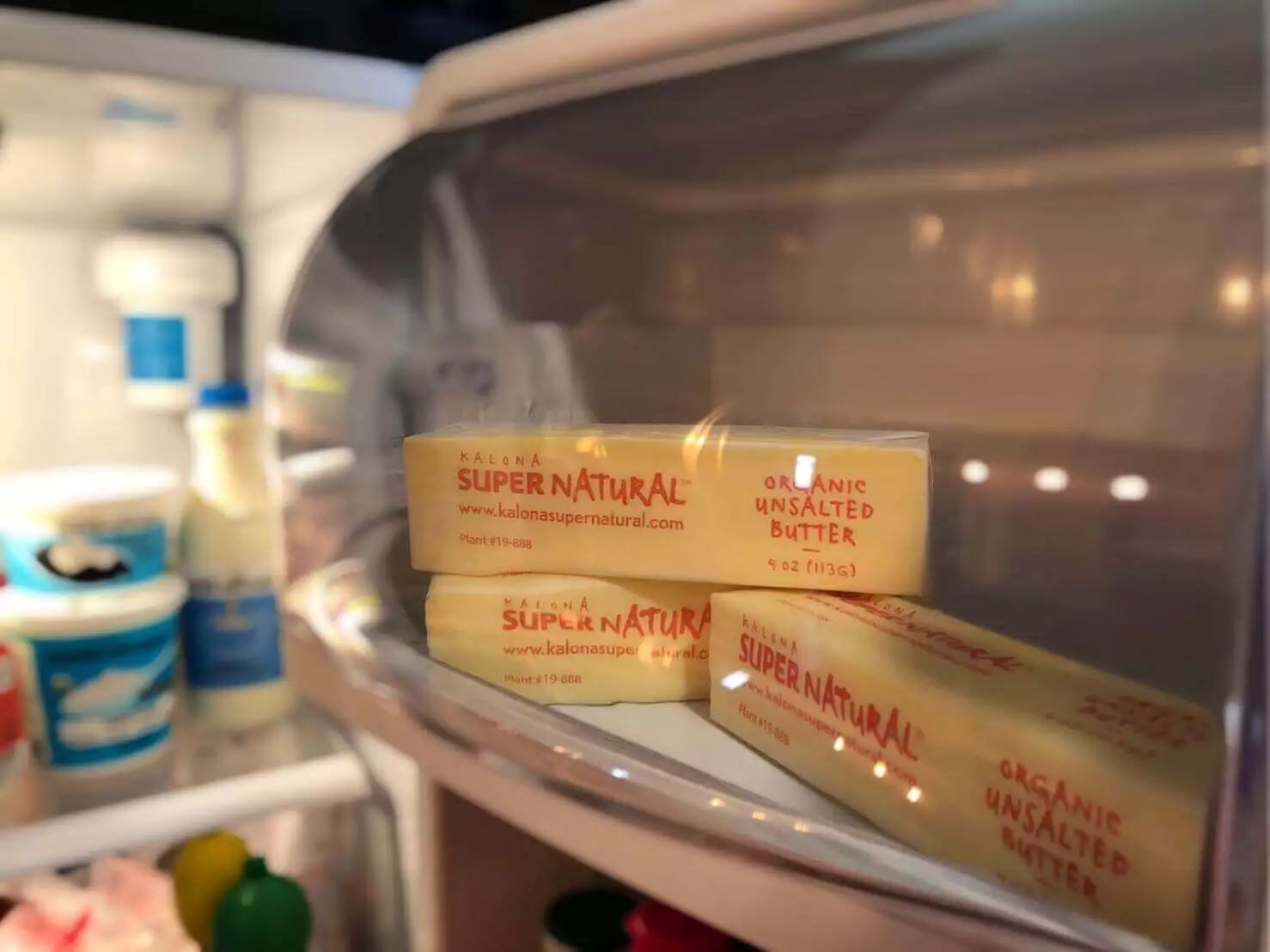

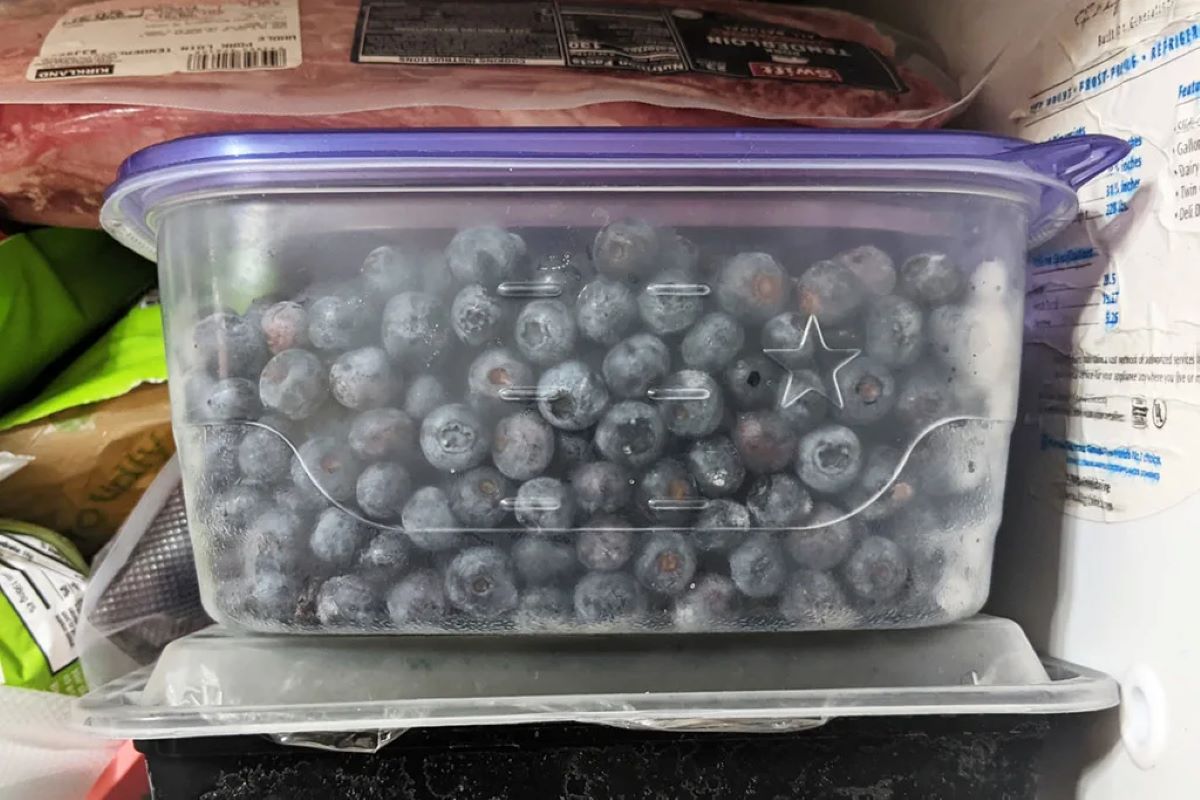

0 thoughts on “How To Store Berries In Fridge”